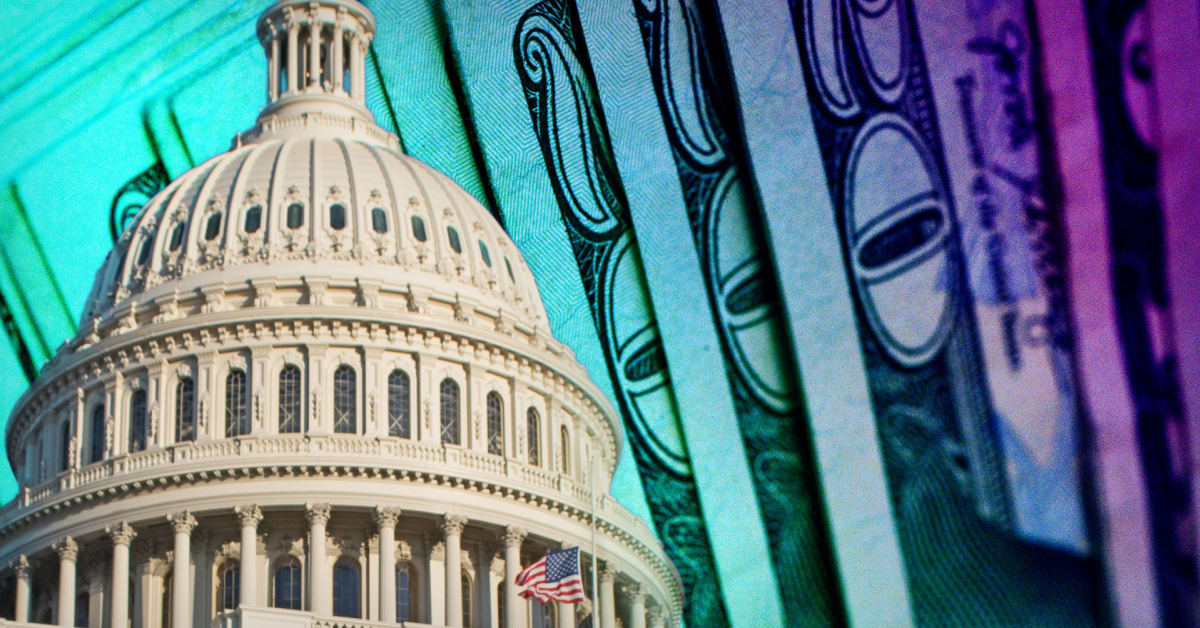
For the first time since 2019, the U.S. Government is shut down. The shutdown, which started just after midnight on Wednesday, came after lawmakers failed to pass a budget for the government’s fiscal year 2026.
A shutdown was widely expected after lawmakers from both parties met at the White House on Monday, but left without a breakthrough. Democrats were reportedly looking for Republicans to extend soon-to-expire health care subsidies that are unpopular with Republicans.
With no changes, both a Republican and Democrat bill fell short of the 60 required Senate votes and 218 House votes on Wednesday, forcing the government to prepare to shut down. It remains to be seen how long the government will be shut.
Why This Shutdown Could Be Different
A government shutdown generally means a temporary stop to “non-essential functions” at federal agencies. In short, that means hundreds of thousands of governments furloughed, while essential workers like military and air traffic control will work without pay.
It also means that certain government functions will cease to operate until a deal can be made. National parks and museums will shut, court systems and regulatory functions could seize up, and even welfare programs for food and housing security could be affected.
However, that’s not all. President Donald Trump has indicated that he might seize on the shutdown to conduct layoffs across government and cut programs and “benefits” while the government is shut, compounding economic worries.
But everyday without a breakthrough could mean trouble, especially with the economy teetering and the markets at all-time highs. What’s the big deal? A lack of economic data could be a significant catalyst.
What Happens With Economic Data?
The Bureau of Labor Statistics (BLS) said that it would delay the release of various economic data reports during the government shutdown.
A handful of notable reports due out in the coming days could be affected, including:
Every Thursday: Weekly Initial & Continuing Claims
Oct. 1: Construction Spending (for Aug. 2025)
Oct. 3: Non-Farm Payrolls (for Sept. 2025)
Oct. 7: Balance of Trade, Exports, Imports (for Aug. 2025)
Oct. 15: Consumer Price Index (for Sept. 2025)
Oct. 16: Producer Price Index (for Sept. 2025)
Oct. 30: GDP Growth Rate Est (for Q3 2025)
Depending on how long the government is ultimately shut down, the Federal Reserve could be flying blind into its October policy meeting.
That could increase the likelihood of dovish bets; even more so as the Trump administration looks to reduce the government workforce, potentially affecting future data.
How Have Stocks Historically Performed During Shutdowns?
Many investors are curious to know what happens to stocks during government shutdowns. Vanguard compiled performance data on the S&P 500, one of America’s most-watched indexes, during the 21 government shutdowns since 1976.
They found that the index rose in 11 of those shutdowns, while it declined in 9. Notably, the S&P 500 has risen in the last five shutdowns. And in the last shutdown, which spanned 35 days, the index rose more than 9%.
However, given the precarious state of economic data, the unseasonably strong September, and jitters about equity valuations, this time could well end up being different.
How Long Could the Government Shutdown Last?
The last government shutdown, the longest ever, spanned more than a month. An end to the shutdown could come if Democrats party defects without its health care demands being met. Already, two more moderate Democrats have voted ‘yes’ on the Republican continuing resolution. Alternatively, Republicans could choose to come to the table and negotiate.
However, at this stage, there’s a lot of finger-pointing on both sides. Democrats say Republicans don’t want to negotiate. Republicans say that Democrats ‘want to close the government down.’ Conveniently, the shutdown offers the Trump administration an opportunity to carry out cost-cutting and layoffs across the federal government.
Until both parties find some middle ground, it’s exceedingly unlikely that we will arrive at a conclusion, which could make this government shutdown quite lengthy. However, Congress plans to continue voting this week.



